I came across this site full of (wonderfully irreverent) animations made from a combination of Old Master paintings and whimsy.
The Mystic
I'm reading through old journals again; I wrote this in 1996 after holding a rare manuscript book from 1280. How did ancient scholars carry these words that were written and handed down so carefully over time?
He calls,
The Mystic to his Bride.
Her subtle voice returns,
Fixed into his eyes
As he in her remains.
He lifts her;
A gentle touch
Upon the ribs along her spine.
Her skin–still taught,
Though years of holding
Have formed wrinkles in her folds.
His time all spent
Beside her now.
His hands brush across her face.
He sees no age,
Yet, he stoops closer.
His eyes–grey.
In visions, he carries her,
As she does him.
His life upon her words.
And from their joining,
Two made one,
Come volumes yet unborn.
Giving in Time
My mother is in hospital at Johns Hopkins in Baltimore; she had, last Friday, major surgery to remove a rare cancerous tumour from deep within her liver. It was a very long and complex procedure that requires a surgeon of great skill and care surrounded by a hospital that can support the whole endeavour. The surgery itself went well and she is recovering now although she's having some (expected) complications and challenges. I'll write more about her journey through this in the coming weeks.
My father and I are staying on the hospital campus in a special facility provided for cancer patients and family whilst they are here for treatment. Johns Hopkins covers this vast swath of Baltmore; it's consistently rated one of the top hospitals in the United States. It was started by a Quaker man in the 1800's with an endowment that was equivalant to eleven billion dollars in today's money. I'm struck by such generosity from a man who gave what was needed in his time and now his stewardship gives back so many times more (there is a lot more to explore about Hopkins, he was an abolitionist and insisted that blacks and whites be served equally in the hospital and also set up orphanages and schools for blacks in a time when that was considered illegal). I, once again, find the subtle spirit of Quakers still resonating down through time.
I've included an image I made the other day here in the old entrance to the hospital (which is now buried in the enormity of what the campus has become). It's called Christus Consolator, though Hopkins himself was a non-sectarian and was an early advocate of multi-fatith counsel in hospitals, this was placed as an iconic symbol of guidance and comfort. I think it still stands well deep within the quiet heart of this place.
Coming by Sea to Hope and Distress
Wood that turns to stone,
That turns to bone
At the bottom of the sea;
Flotsam in the ocean,
Like the great raft
Of rubbish that is
Part of what we have
Discarded—too difficult
To address but distant enough
To ignore.
Easter by the sea
My friends, Sally and Piero, invited me down to the family holiday house near Bateman's Bay for the Easter long weekend.
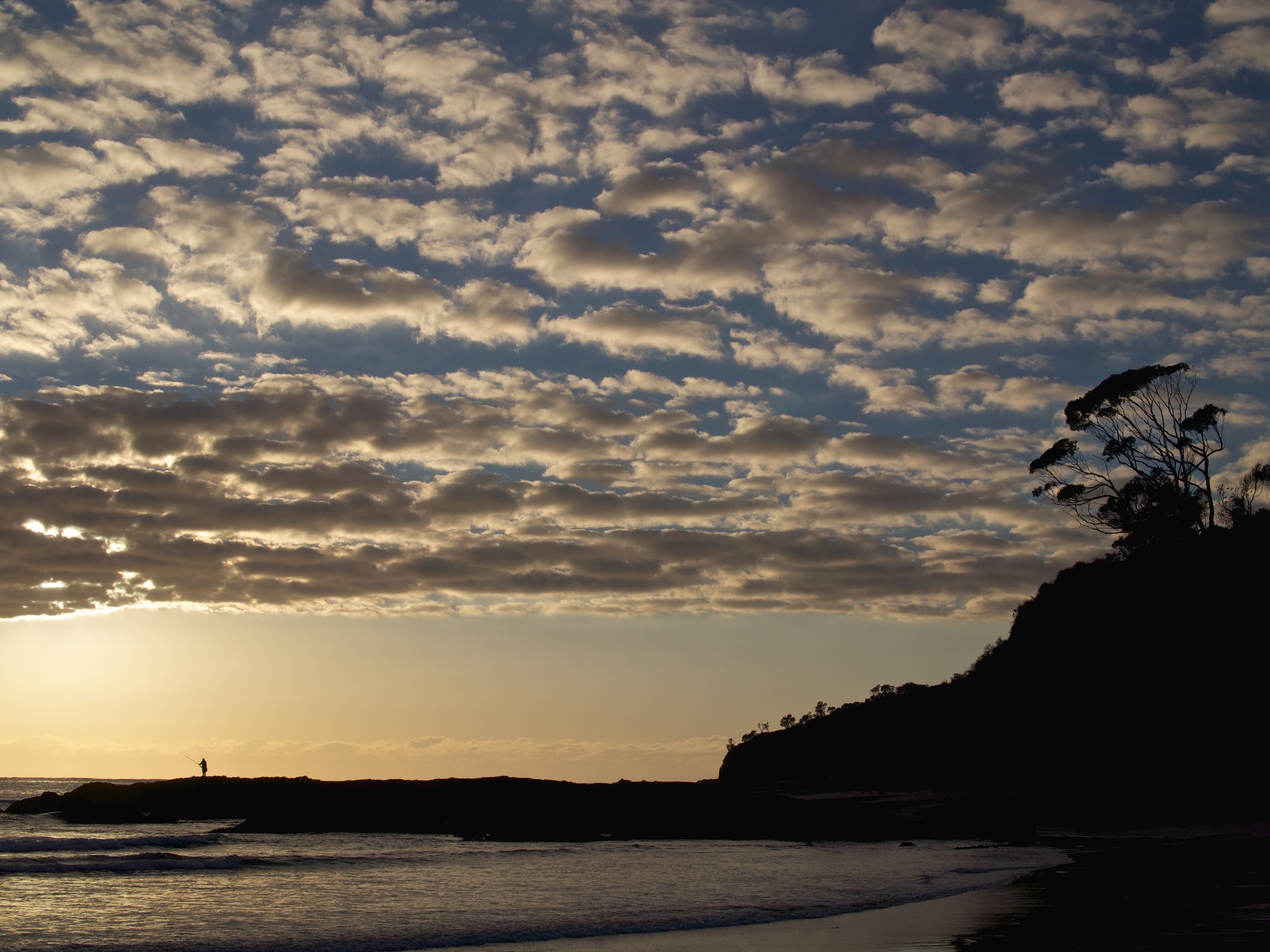
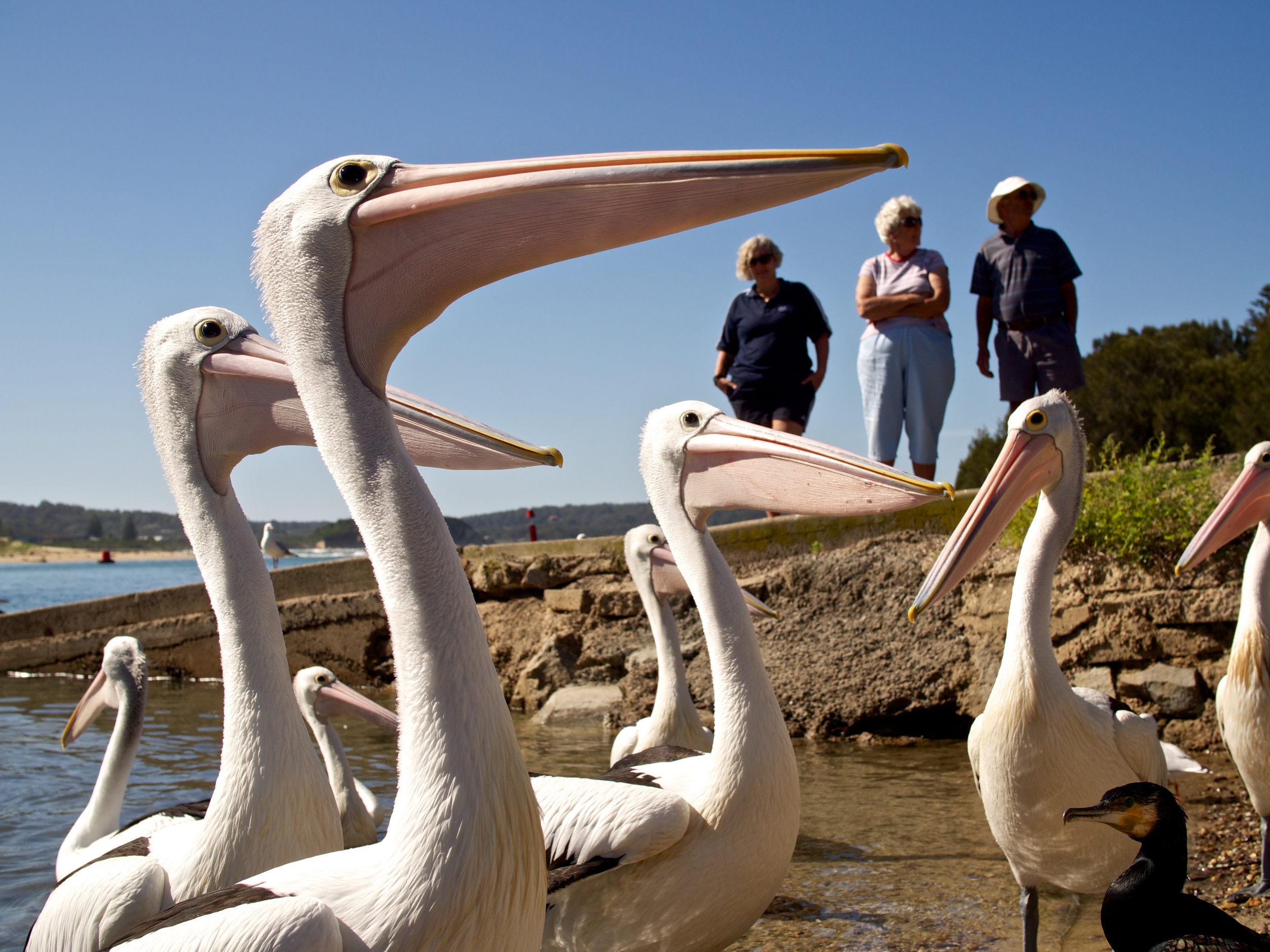
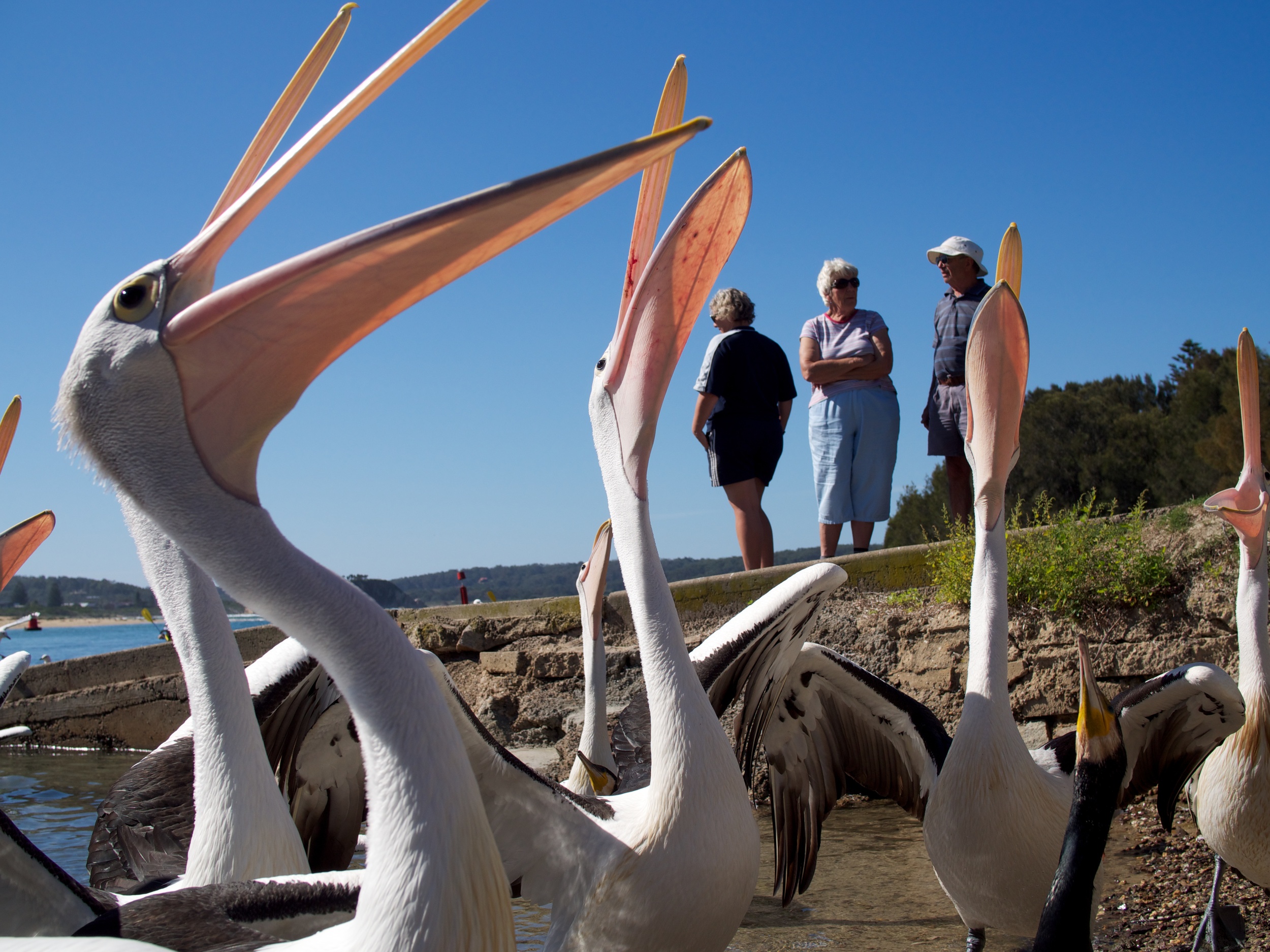
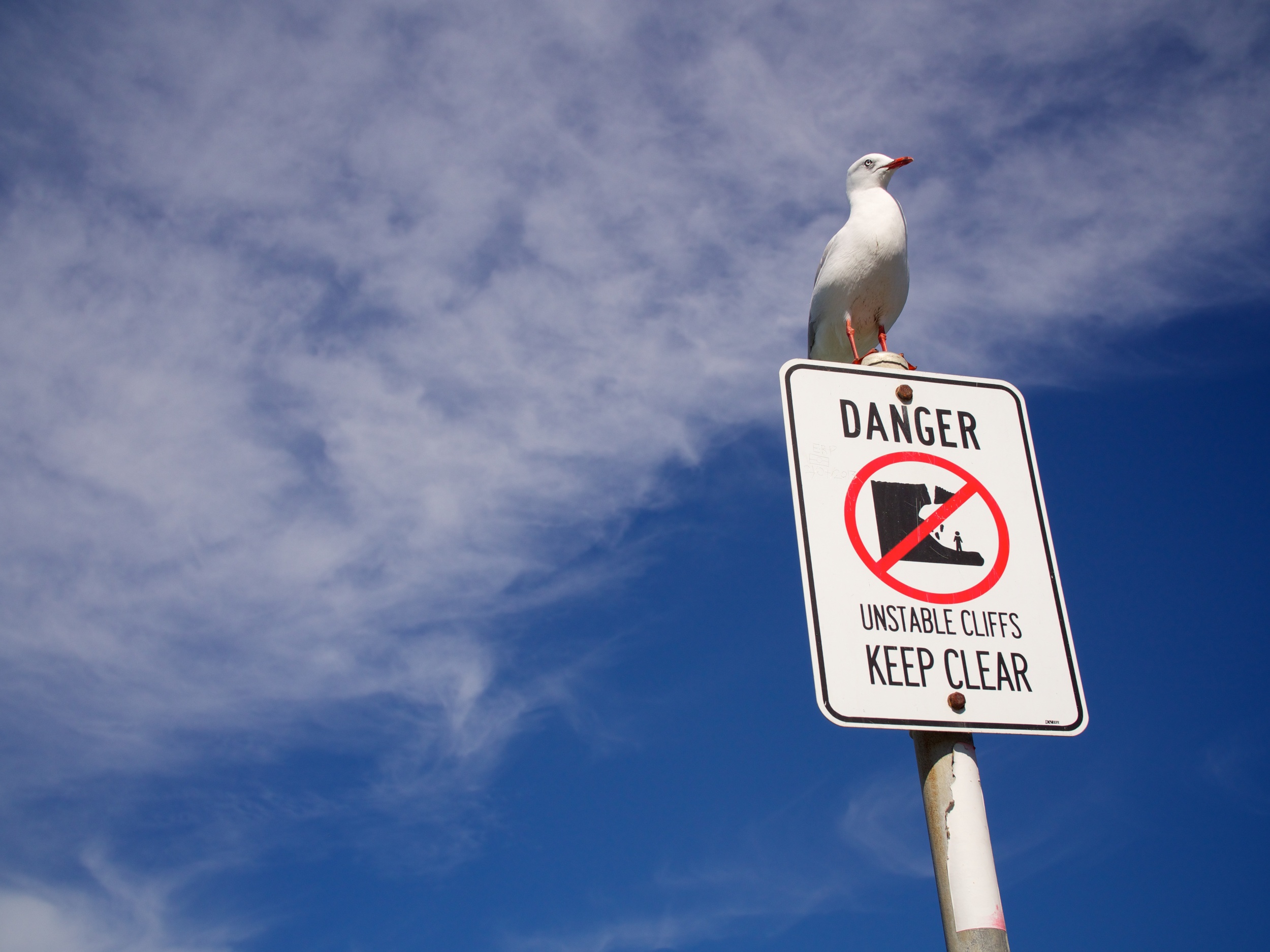
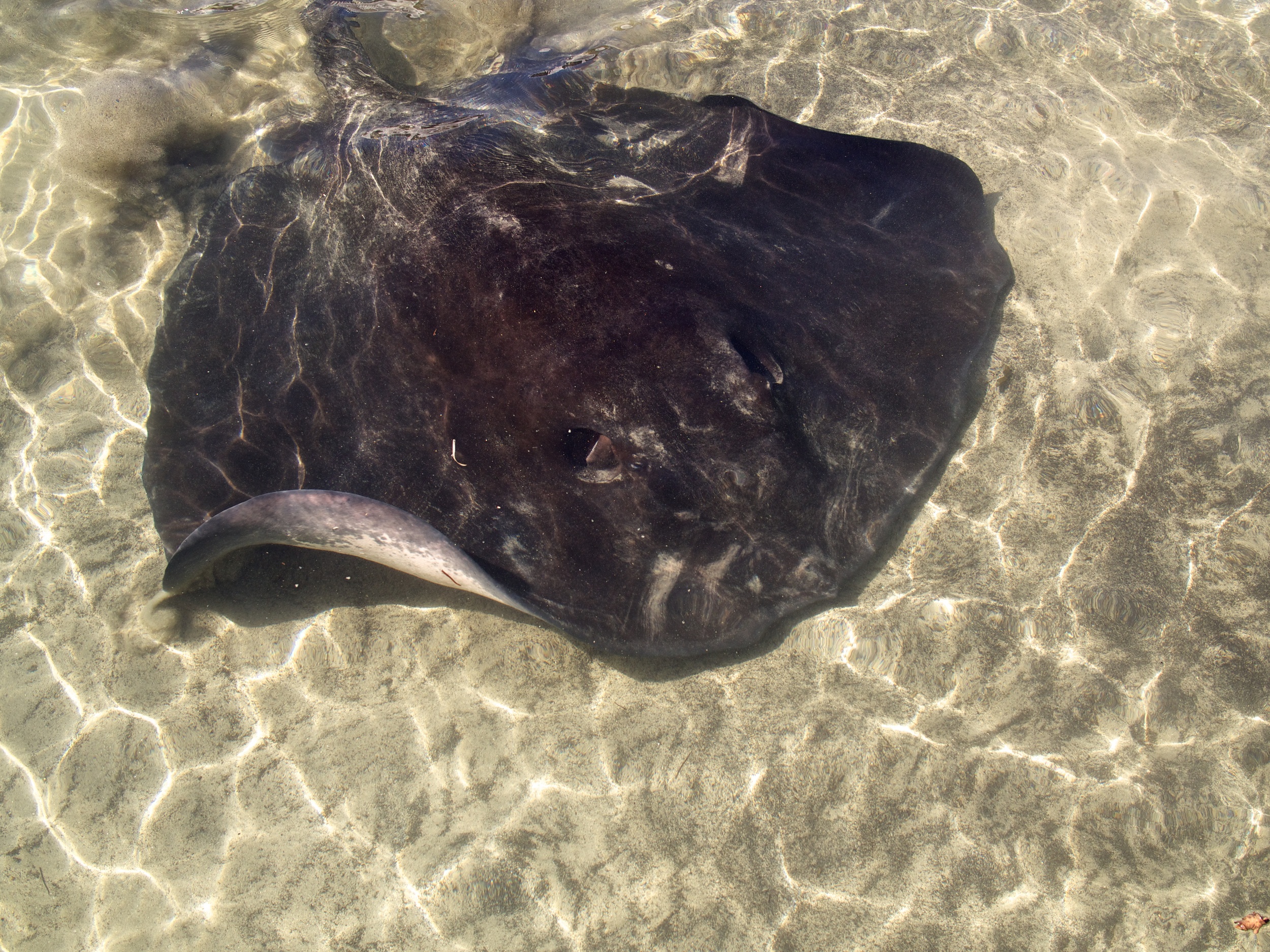
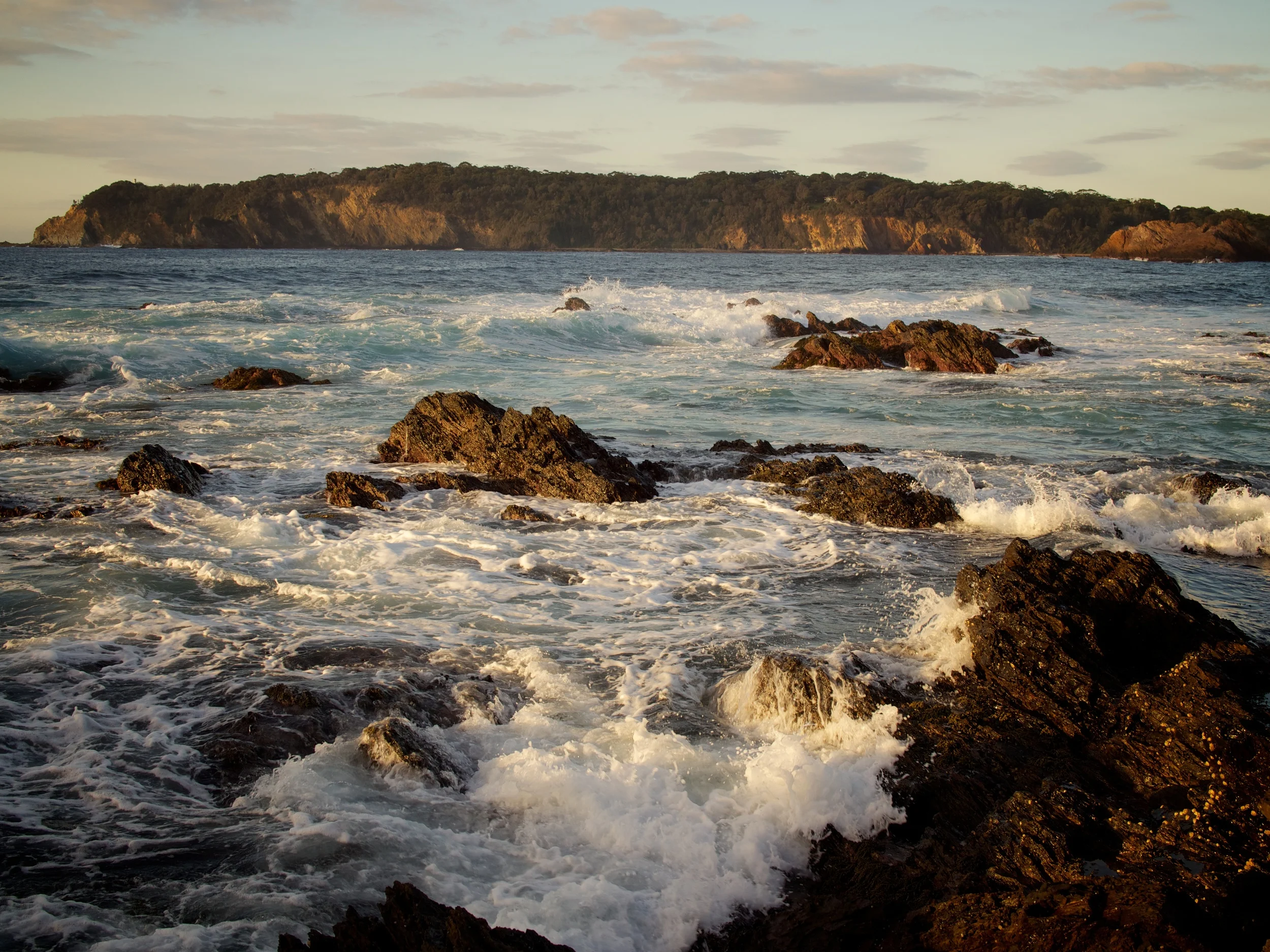
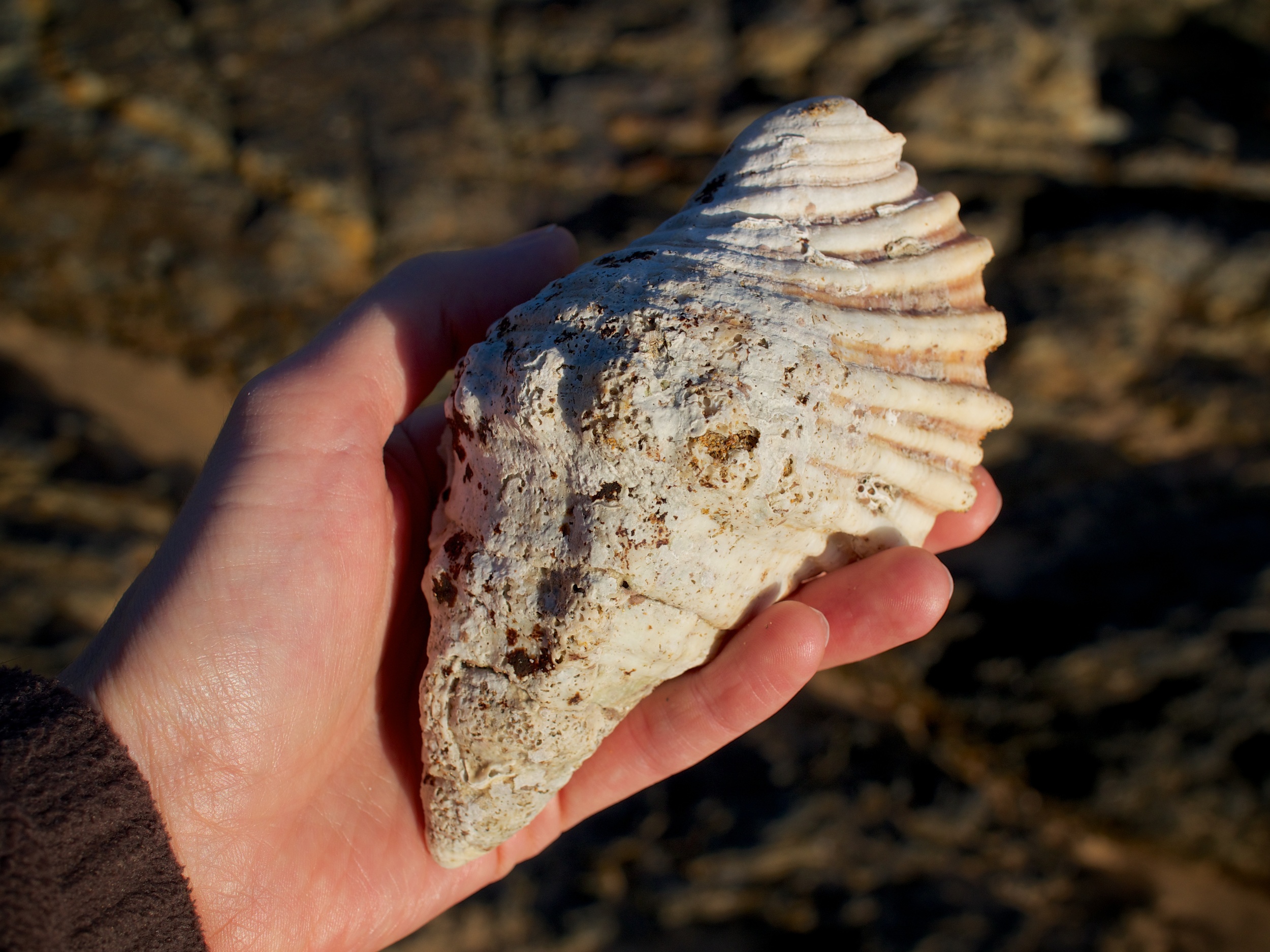
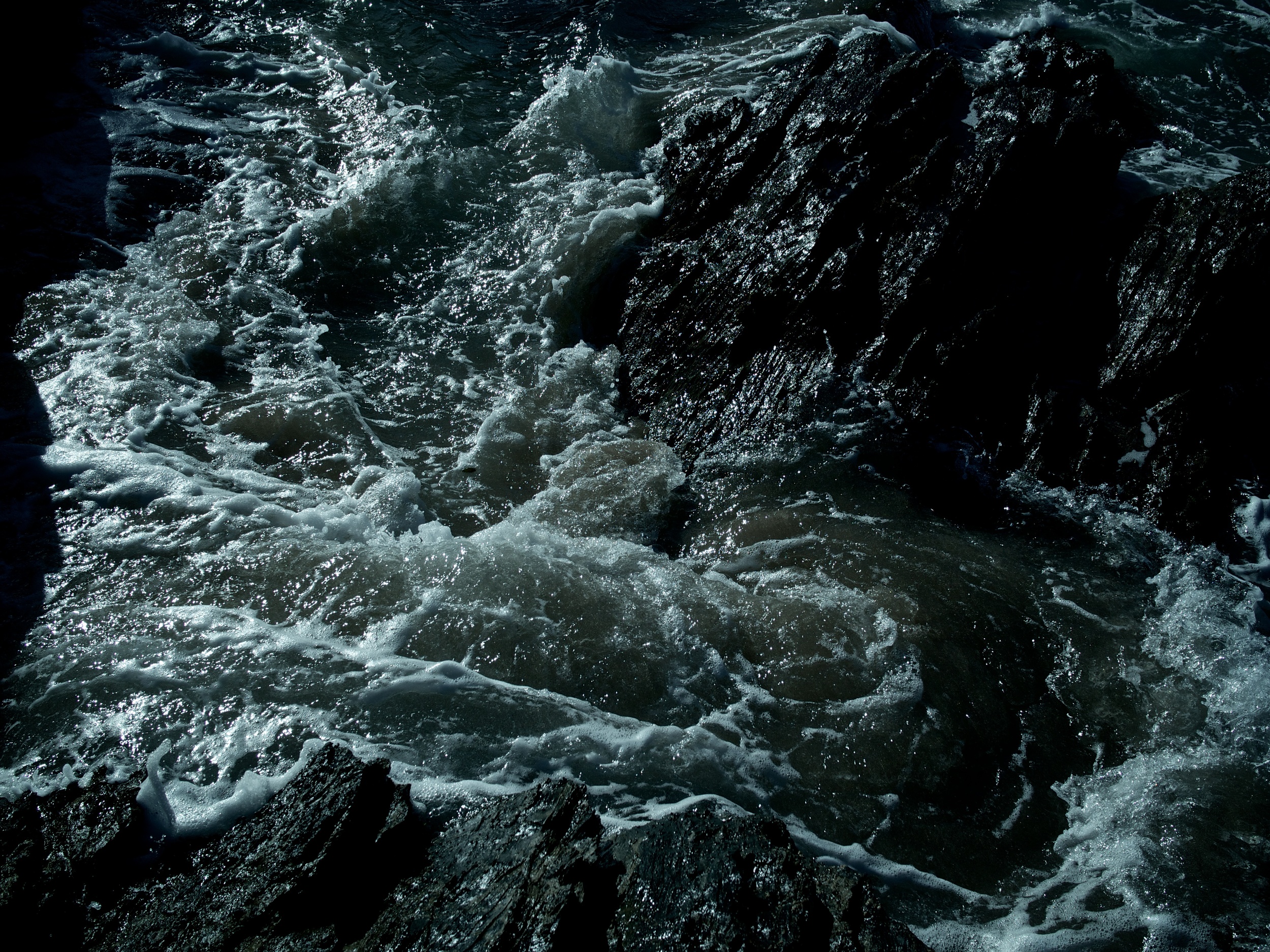

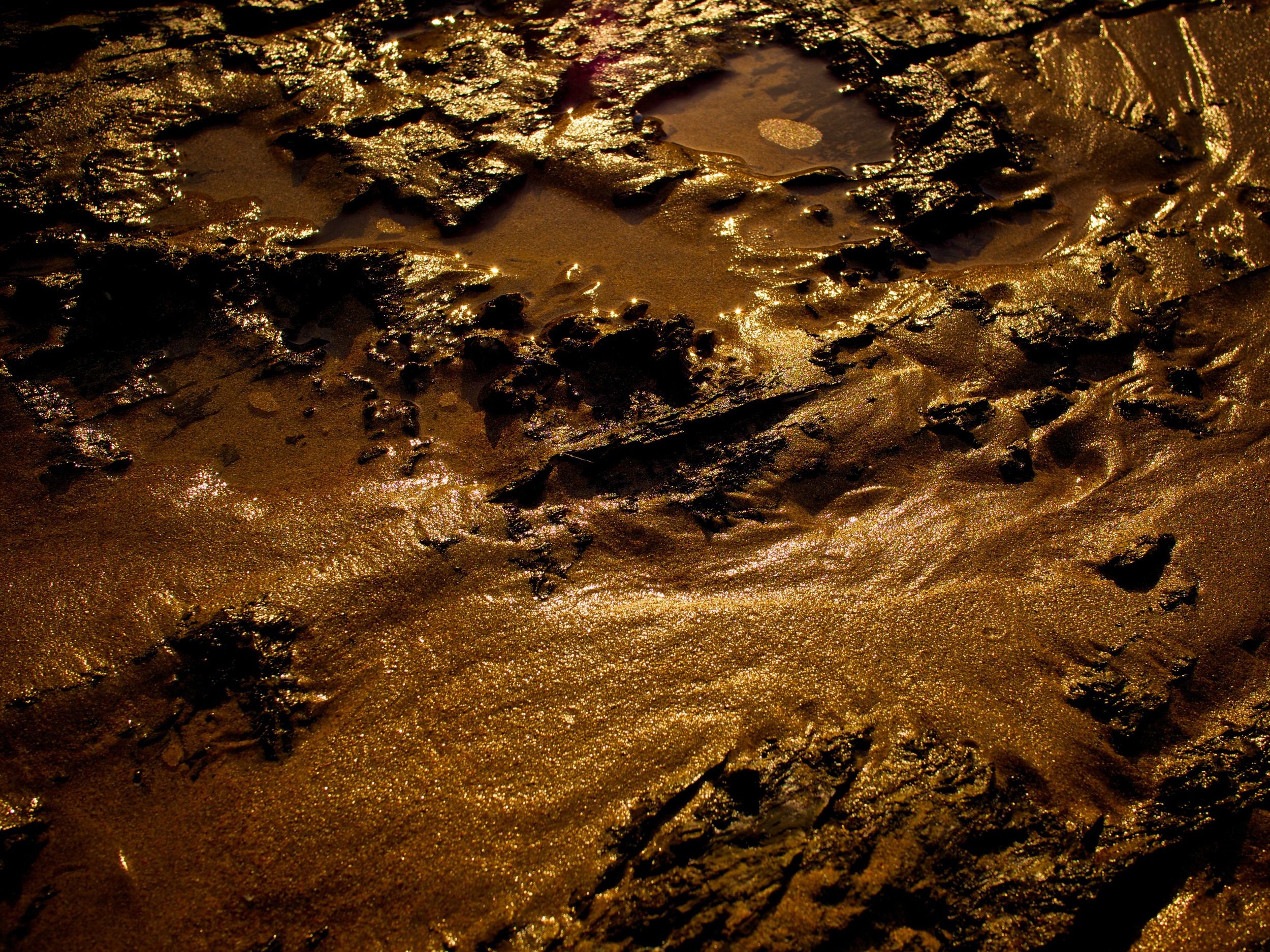
Pro patria mori
Today was ANZAC Day (the Australian Memorial Day); I’m conflicted over the concept of war memorial. Earlier this week, I made this photograph of a wood carving in the mezzanine at work (click on the image to see it larger). It was commissioned in the 1950’s by the Federation to commemorate teachers who served and died in World War I & II. It depicts a prone soldier holding what seems to be either a bouquet of some sort or perhaps a handful of grasses and what I assume is meant to be a Bible in the other hand. It’s not clear whether he is resting or is, indeed, dead; the text reads ‘He served in war that we might live in peace’. That’s debatable for WWI, where the Australians suffered a terrible defeat in far away Gallipoli (observed today); perhaps less so for WWII where they were directly at risk from Japanese invasion.
I made the photograph with the thought that we would post it on the website with a bit of explanation and observance of our own; however, there was some concern that it might cause consternation and appear we were supporting war. I do not, in any form, support the idea of war. It is, by far, one of the most useless and destructive activities mankind can embark on and, especially now, the most dangerous. However, I have no problem pausing to remember the men and women who died in war. No matter how senseless the conflict may have been, people died and that is worth noting. (Though I do think that more should be done to speak of civilian deaths in wartime; those casualties, as evidenced in current conflicts, tend to get glossed over).
But then I must consider the most appropriate memorial. How do I commemorate the deaths of so many in conflicts I do not condone? There is always the risk, in ceremony, to sermonise either for or against war. I'm not sure it's appropriate to use such opportunities to criticise the situations where such sacrifices were made. I am sure thought that it's inappropriate and manipulative to use the emotion tied to such events to rally people to war or the support of a current conflict.
I wonder if, truly, the only sensible remembrance on such days is silence. What can you or I know about the situation of death in war that a particular man or woman experienced? What words of mine would add any honour to their names? I think there is much to be said, no doubt endless stories to be written and spoken of those individuals. But that is for histories and museums; on the day itself, should we not take the time to just fall silent?
There is too much risk that the words we use may colour the understanding of what war is (to either those who know—or perhaps for those experienced it and may wish to forget). Even when I was taking this picture, the methods I used could shape how the memorial is perceived. I lit it several different ways, from flat to dramatically cross-lit; depending on the position of the lights, the scene can look almost idyllic, or harsh and bleak (the one above is somewhere in-between). If something as subtle as the light across a carving can have such an effect, what might the words of sly politicians and their ilk do on a day like today when the hearts of people are so open?
Teachers Make a Difference round two
We've been working these past several months at the Teachers Federation on a new series of television and cinema ads that highlight the positive role teachers play in society. As we did last year, we had acclaimed Australian director, Ray Lawrence at the helm and the ads were written by author and commentator, Jane Caro. This year's ads are particularly pertinent as one deals with TAFE (the national industrial and technical arts school in Australia) which now faces severe budget cuts and privatisation and the issue of refugees and asylum seekers.
The cool nerdy thing for me was that we got to work with Wayne Pygram who is a cult sci-fi actor (Farscape and Star Wars). He plays a gruff but caring TAFE teacher in two of the ads. I was the 'client' on site for the production, though, really, these things take on a momentum of their own so I was mostly there to be pleasant and nod at appropriate moments.
The message
Spotted this in Surry Hills gutter. I don't believe it's specifically addressed to me but I'll try to be more aware regardless.
Billy Bragg at NSWTF
Billy Bragg stopped by my work today to speak to our monthly council; I recorded some audio and video of him. He gave a very compelling speech about the importance of education in his life and for society. He also noted the importance of respect and civility online. You can listen to this and him singing a couple songs for us in the player below.


